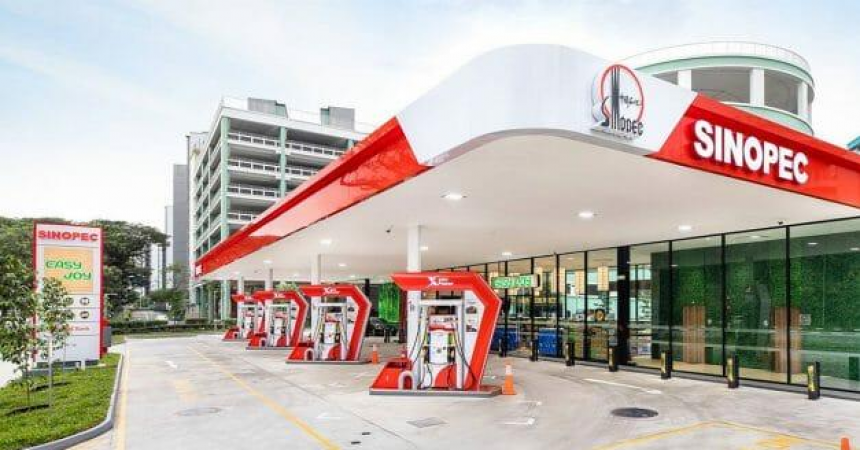
BEIJING: China Petrochemical Corp (Sinopec Group) has announced plans to overtake the United States as the country's top hydrogen producer, keeping China on track to meet its climate change and energy transition objectives.
The largest refiner and fuel distributor in the country intends to install a capacity to produce 120,000 tonnes of hydrogen annually by the end of 2025, according to a late Friday release of its hydrogen business development strategy.
According to the internal website Sinopecnews.com.cn, the company aims to become the largest, most technologically advanced and most well managed hydrogen company. To help reduce carbon emissions in the transportation sector, it will focus on green hydrogen production and hydrogen refueling.
In Kuka, in the Xinjiang Uygur Autonomous Region, the state-owned company began construction for 3 billion yuan (US$433 million), or the largest ever green hydrogen plant powered by solar power.
When the plant is finished in June next year, Sinopec will be able to reduce carbon dioxide emissions by 485,000 tons annually thanks to its 20,000-tonne annual production capacity.
Using renewable energy, electrolysis is used to separate water into hydrogen and oxygen molecules, producing green hydrogen.
Increasing clean fuel production and use is a key component of China's strategy to move away from fossil fuels and achieve carbon neutrality by 2060. With an annual production of 33 million tonnes of hydrogen, China is already the world's largest producer.
Beijing unveiled the first National Hydrogen Strategy in March, with the goal of developing the region between 2021 and 2035.
According to the plan, China will produce 100,000 to 200,000 tons of green hydrogen annually and by 2025 there will be at least 50,000 hydrogen fuel-cell electric vehicles on the road.
Green hydrogen is in the early stages of commercialization, helped by a quick reduction in the cost of renewable energy, where increasing the scale of production is necessary to reduce costs.
In its facilities for the production of hydrogen, the Sinopec Group will gradually replace fossil fuels with renewable energy. It would use less of the so-called blue hydrogen made from natural gas as its green hydrogen production increased.
The energy giant uses hydrogen as a feedstock in its ammonia production and oil refining facilities.
The nation currently produces very small amounts of green hydrogen, the most abundant element in the universe, which is an odorless, colorless gas.
Coal and natural gas make up about 80% of the feedstock used in China's hydrogen production, with the remaining 20% coming from industrial byproducts.
According to predictions made by the government-backed industry group China Hydrogen Alliance, the country's annual hydrogen demand could increase from 20 million tonnes to 35 million tonnes by 2030 and 60 million tonnes by 2050.
To build the hydrogen supply chain, Sinopec Group has signed cooperation agreements with several companies.
Sinopec Group and US-based Cummins established a joint venture in December to build a facility in Foshan, Guangdong province, to produce green hydrogen equipment. The project is expected to be finished in 2019.
In late 2019, France's Sinopec Group and Air Liquide signed a preliminary agreement to work together on expanding the hydrogen market in China. Air has agreed to contribute its knowledge of the production, transportation and storage of liquid hydrogen.
To establish a hydrogen innovation platform, Sinopec Group will take the next step with an even more open mindset, the company said, and will seek to collaborate with state-backed industry funds, financial institutions and key supply chain players.
According to Neil Beveridge, a senior analyst at US brokerage Sanford Bernstein, green hydrogen is on the verge of going mainstream this year.
"Hydrogen has had many false experiences before, but it looks like 2022 may be the year of success the industry has been waiting for," he wrote in a report published late last month.
Farmers worry as heat and drought threaten rice harvest in China and India
India to drive low-carbon industry transitions: Bhupender Yadav at G20 meet
Indian Oil Corp to spend Rs 2-La-Cr for netzero target by 2046